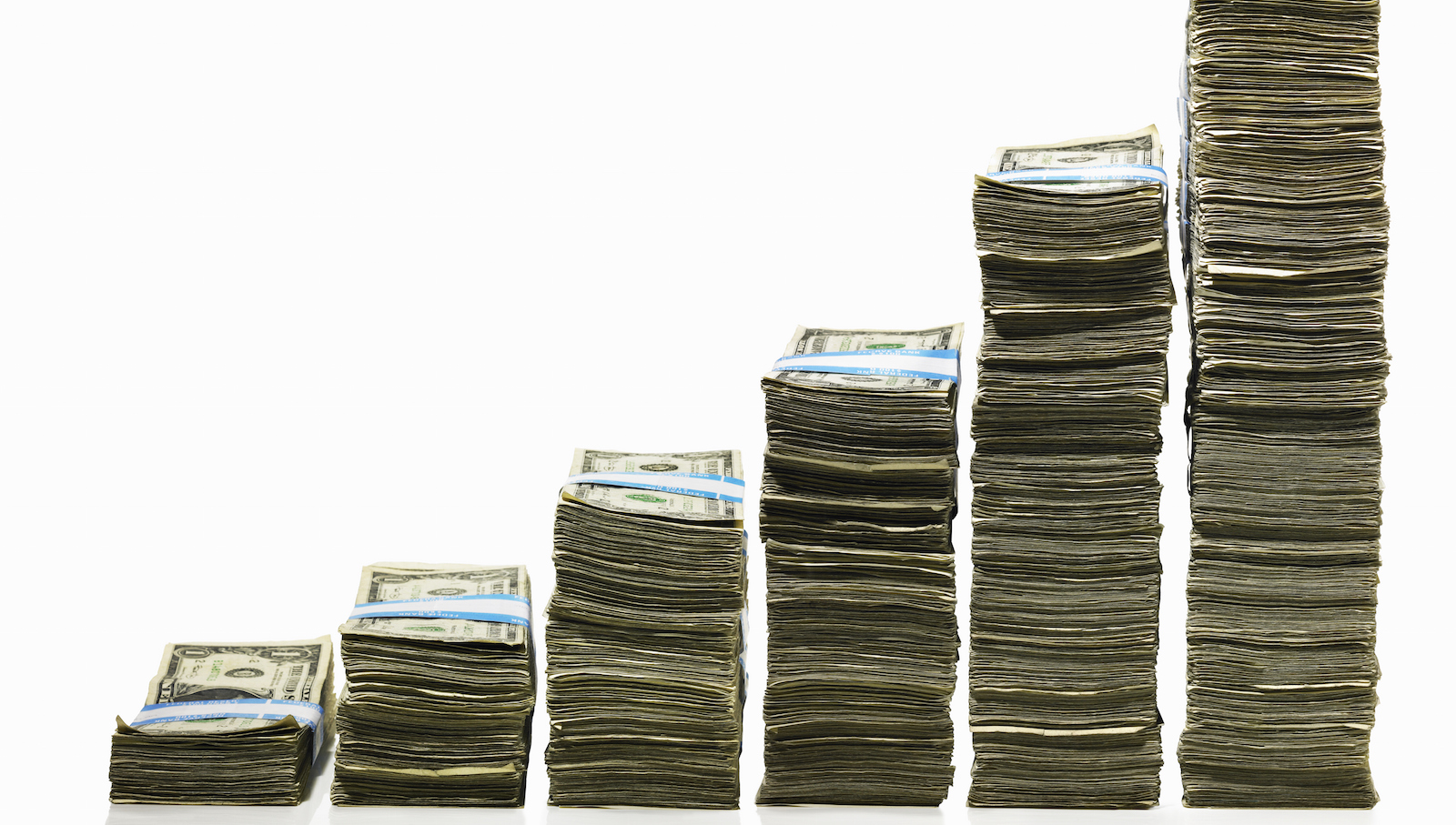One person’s crisis is another’s opportunity. While many are sounding alarm bells about the vast and far-reaching implications of the climate crisis, others have been quietly seeking out what financial benefits melting ice caps and hulking hurricanes might bring. Some call it profiteering; others call it practical. Here are just a few.
Water rights and farmland
The idea that climate change is going to cause severe droughts and water scarcity isn’t new, so neither is the concept of investing in water. Indeed, one big water investor credited Al Gore for helping to popularize the idea of buying up water; before Gore came along preaching dire climate warnings, the investor said, he couldn’t get others interested in the concept. Now, it’s a widely known concept in the investing world. For example, a MarketWatch article presented Cape Town’s Day Zero drought as a positive opportunity for investors.
These days, water investing has gotten way more nuanced than “drought equals high water demand equals buy stock.” Late last year, the Wall Street Journal reported that Harvard (yes, that Harvard) has been buying up thousands of acres of agricultural land in California for above market rate since at least 2012. Why? The lands purchased all have good access to water, many directly above large groundwater deposits. Their land portfolio there has tripled in value, now estimated at $305 million, and is only expected to grow more valuable in warmer, drier times.
Harvard isn’t, by a long shot, the only smarty wagering on water for agricultural uses. Michel Blurry, one of the subprime investors portrayed in The Big Short, told New York Magazine in 2015 that he had been looking into investments in water for 15 years already. He said transporting water itself is too messy, practically and politically, so farming was the way to go, investment-wise: “What became clear to me is that food is the way to invest in water. That is, grow food in water-rich areas and transport it for sale in water-poor areas.”
Sand
As you may have heard, the Greenland ice sheet is melting at rates that are alarming scientists and setting new records every few months. But Greenland, a country that is disproportionately feeling the effects of climate change, just might have a way of making those lemons into lemonade.
As Greenland’s ice melts, it’s been exposing vast amounts of sand, an increasingly sought-after commodity around the world. Sand is used to make concrete, among other things, and the demand for concrete is increasing as the global population does, too. The Greenland government is eager for the economic boom (right now much of their economy relies on fishing, an unstable industry in these warming times), but there’s a catch: Making cement is an energy intensive process — it’s the source of about 8 percent of the world’s carbon emissions. So, sand that is being released due to climate change, would be sold to concrete makers and … contribute even more to climate change? Greenland’s cement lemonade might actually just be lemons, after all.
Air conditioning
Here’s a hot (see what I did there) investment tip: Worldwide demand for air conditioning is only going to increase, according to investors and those in the industry. “The hotter it gets, the more your business increases,” John Staples, president and CEO of US Air Conditioning, told the Verge back in 2013. And he was right — by 2050, two-thirds of the world’s households are predicted to own an air conditioner.
But it’s a bit of a catch-22: As the planet warms, access to A/C can save lives, but the more we use it, the more the world heats up. And though people are certainly making money off this boon in the HVAC market, they aren’t investing in developing new, greener methods of cooling.
Storm-damaged homes
Hurricane Harvey damaged over 200,000 homes in Harris County, Texas, last year, causing thousands to evacuate storm-flooded homes in the Houston suburbs. Where some saw tragedy, though, others saw opportunity: from locals to investment groups, buyers are snapping up damaged houses at well under market rate, intending to fix them up and rent them out. “OK, sounds enterprising,” you say. “What’s so bad about that?” Well, there are a few problems with this practice.
One of the draws to buying in this area is that investors won’t have to worry about paying for future flooding. The National Flood Insurance Program provides deep discounts on flood insurance for the area, courtesy of taxpayers and the federal government. Perhaps even more importantly: Texas law doesn’t require landlords to disclose to renters that their home is located in a flood plain or has previously flooded. So investors could be fixing up these cheap homes for rental use, knowing they’ll likely flood again, and that renters may have to vacate or end up with damaged property.
The climate crisis isn’t happening in the future: Climate change already has its winners and losers, and economic inequality will only exacerbate these differences, as the haves snap up control of natural resources, betting on the future needs of the have-nots. Another takeaway from all this: Climate change is already shaking up business in tangible ways — enough to make a mean profit.



